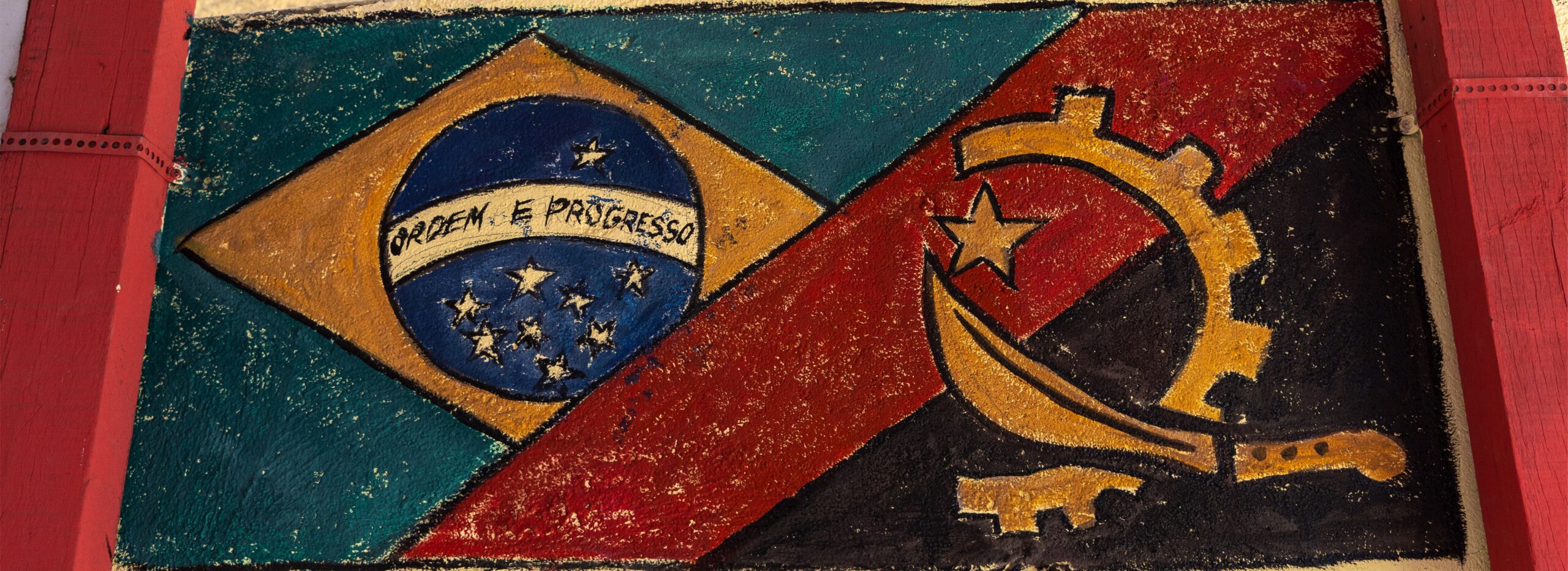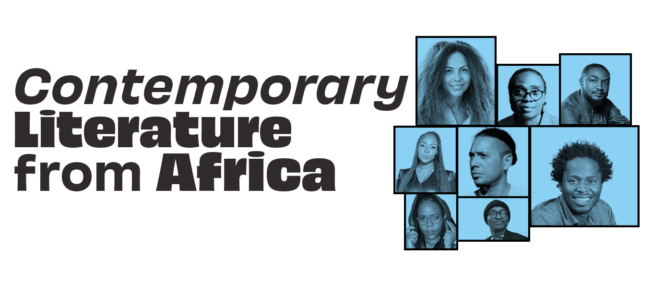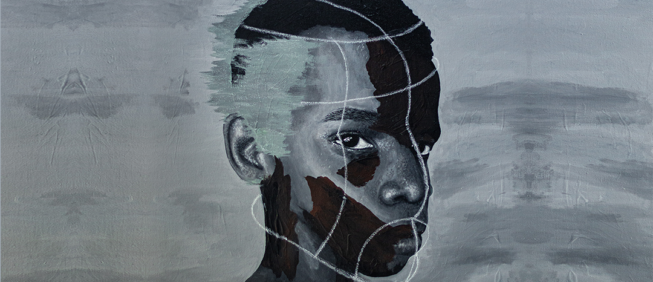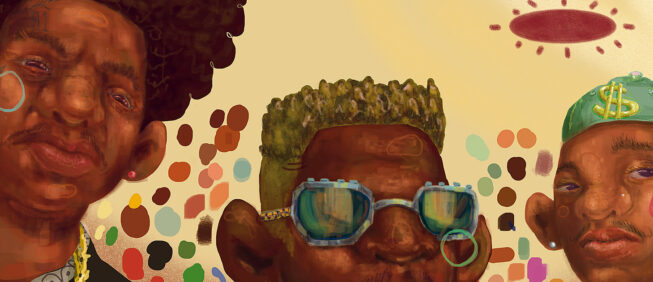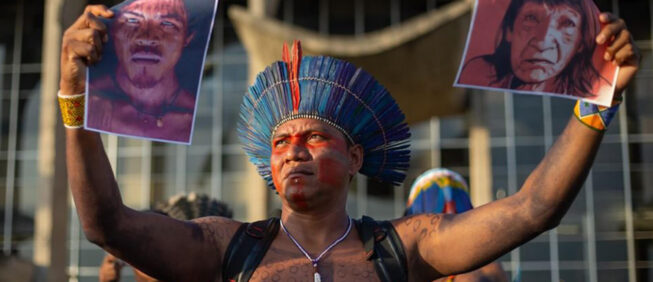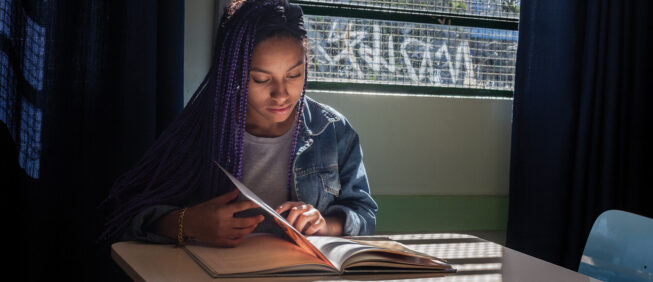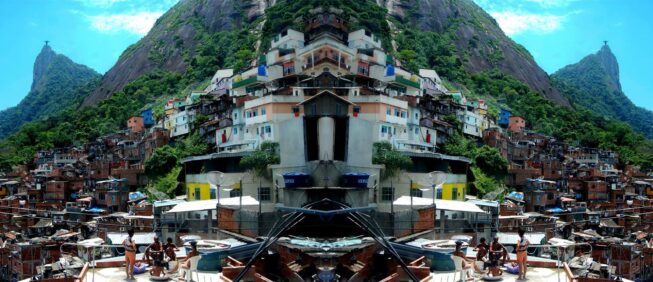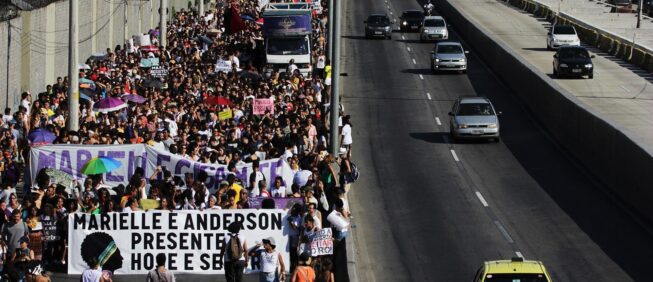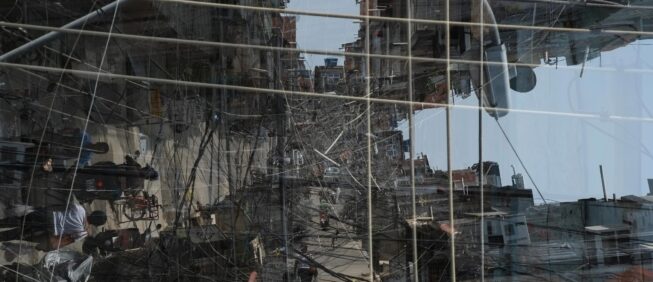Angolan makamba in Maré
Little Angola is part of the constant re-Africanisation of the city of Rio de Janeiro
Photography by Patrick Marinho | Text by Rodolfo Teixeira Alves
| Brazil |
September, 2023
translated by Chris Eida
Population flows have established symbolic territories in the city of Rio de Janeiro throughout history. And there have been many but, obviously, the main flow was the trafficking of Africans, which took place between the 16th and 19th centuries, making Rio de Janeiro the largest slave port of the Americas.
In the late 19th century, and until the 20th century, a flow of people from the state of Bahia, added to other social groups, formed a symbolic territory in the central region of the city, called “little Africa” by the artist Heitor dos Prazeres. Thus, the name little Africa stuck, starting to establish urban clusters, where the majority of the local population was black, formed by Africans and others.
For example, in the 1980s, little Africa was formed in the Lapa neighbourhood, due to the flow of students from various African countries, such as Guinea Bissau, Angola, and São Tomé and Principe, who came to study at universities in Rio de Janeiro through exchange agreements. This African population, mostly students, used to meet in bars and restaurants in the area, especially at D’África, which was an important space of African and black sociability in Rio de Janeiro nightlife during the 1980s. The establishment of businesses, such as bars and restaurants, is common practice in these locations, allowing a meeting and connection with their homelands, although symbolic, through music, food, and meeting others from their countries of origin.
An African territory, which continued to contribute to the multicultural history of the city of Rio de Janeiro, was also established in a group of favelas in Maré in the 1990s. Little Angola, or the Angolan neighbourhood, as the region is popularly called, in which the Angolan migrant community is concentrated, in the Vila dos Pinheiros and Salsa e Merengue favelas.
The construction of Maré as a multicultural territory is part of the history of the city of Rio de Janeiro. This construction was carried out by various diasporas, and the crossover of social and ethnic groups over the years
According to the Maré Census (2019), produced by Redes da Maré, 195 Angolans live in the group of favelas. There are 56 in Vila dos Pinheiros alone, although the census states that this data could be under-reported. From the experiences of those living in the territory, the Angolan presence is symbolically more expressive. When only considering reported data, Angolans are the largest segment of the foreign population, followed by the Portuguese, with 24 people registered in the census.
The construction of Maré as a multicultural territory is part of the history of the city of Rio de Janeiro. This construction was carried out by various diasporas, and the crossover of social and ethnic groups over the years. People moved from different regions of Brazil, and other countries, motivated by individual, family projects, and/or economic, political, and social reasons.
More than 20 years of an Angolan flow is also recorded in the history of Maré, with little Angola. In addition to the cultural aspects which impacted the territory, this population also helped to strengthen the local economy by opening up businesses and socialising spaces.
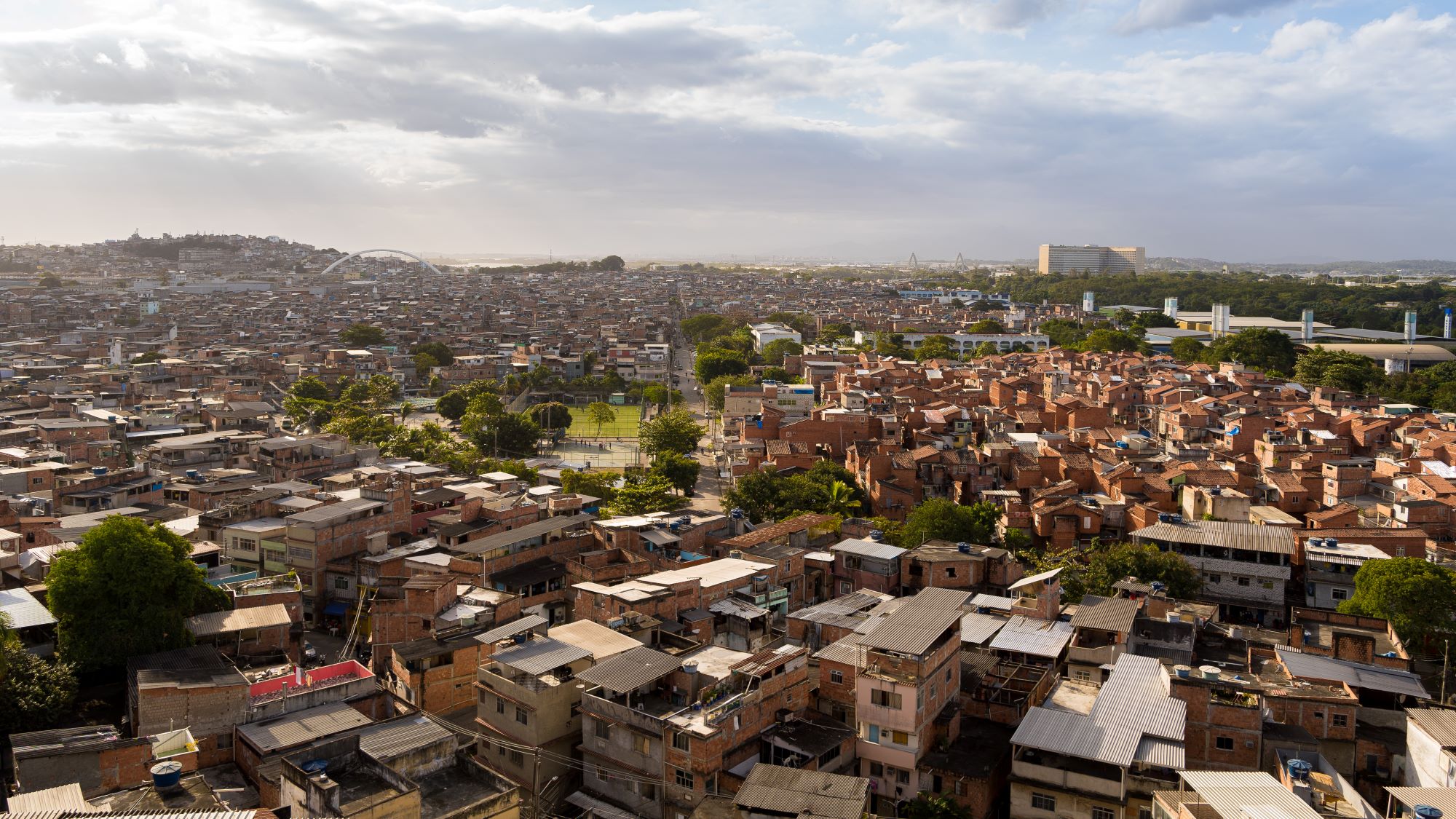
Meeting friends
Celso Marcos Pedro Miranda, known as Fidel, is one of the Angolan residents in Maré. In Fidel’s point of view, the Angolan community has been on the decline. Fidel has lived alongside a “heap” of fellow Angolans in Vila dos Pinheiros. In recent years, he has seen some of these people migrate to the United States and Portugal, in search of other opportunities.
Fidel arrived in Rio de Janeiro on 3rd April, 1996. He was 19 years old when he decided to follow in his friends’ footsteps, leaving Luanda for Rio de Janeiro on his own. During the 1990s, there was a constant migratory flow, caused by the civil war, which continued in Angola until 2002. It is estimated that approximately 600,000 Angolans migrated, motivated by the political and economic crises which impacted the country.
In 26 years living in Vila dos Pinheiros, Fidel has formed a family, and today has three children: Ingrid, Davi, and Julio. His first job in Rio de Janeiro was as a glazier. He studied in Luanda, and occasionally helped a friend on carpentry and metalwork jobs. He recounts hat he worked, and worked hard with glazing when he arrived in Rio de Janeiro. This continued for around five years, until he opened his first bar, called Travessa da Fé (Platter of Faith), in the early 2000s.
In the beginning, the bar was based in a rented property. Then Fidel moved to a nearby shop, which he built over the years. A bar known as Adega dos Angolanos (the Angolan Cellar), which he ran for 15 years, on the division between the Pinheiros and Salsa e Merengue favelas. Travessa was the “most famous bar here”, he confirmed. For the last year, his bar has been running in a trailer, in the same street of the favela, where he continues to serve food and drink to his clients, formed of Angolans and Brazilians.
Today, in the new space, Fidel says that it is more peaceful, and although there is not as much trade, it still guarantees his children’s rice and beans. In his old bar, Friday was the day of the week on which a crowd of Angolans met to eat and drink. There you were able to eat typical dishes from Angola, such as funge or mufete, which Fidel served with beans in palm oil, cassava, plantain, cassava flour, a spicy sauce, and fish.
His trailer is on the corner, at the entrance to an alleyway. The majority of the decoration of the space is in red; there are drawings of Rio football teams’ coats of arms. On the centre of the wall, the flags of Angola and Brazil are together, symbolising that this space unites the two countries. Now having lived in Brazil for 26 years, Fidel is beginning the Brazilian citizenship application process, and seeking to obtain a Brazilian passport. He says that it is easier to obtain one here than facing Angolan bureaucracy.
Since arriving in Vila dos Pinheiros in 1996, Fidel has never returned to Angola. The price of the air ticket is significant, and he estimates that the cost of travelling to Luanda would totalise approximately 10,000 reais. He says that with this money it is better to invest in the construction of a small apartment in Vila dos Pinheiros.
His brother visited in 2010, and he loved Rio de Janeiro. But he keeps in contact with his country of origin through the internet, receiving news from his family, and learning about events in Luanda. He is critical of the leaders of Angola. For him, his country is not a democracy: this still needs to be achieved.
Fidel is among the first generation of Angolans to arrive in Vila dos Pinheiros in the mid-1990s. He comments that, at that time, people came alone. This “Angolan neighbourhood” grew gradually. Some people have invested in businesses here, such as bars, bakeries, and internet cafes — spaces which no longer exist, famous in the early 2000s for providing computers with internet access.
Fidel has seen many of his fellow Angolans leave, and few have arrived in Vila dos Pinheiros in recent years. For him, Rio is a good city, but finding work is difficult, and that is why people are considering other countries and cities in which to live.
For now, Fidel remains where he has always been for the last 26 years: in Vila dos Pinheiros, which he has seen grow; in the favela where he has formed a family, and raised his children. He continues to invest in his bar, which still brings people from the surrounding areas together on Fridays to eat and drink, and listen to all types of music, such as pagode, funk, hip-hop and some Angolan rhythms. Among the gastronomic options that he offers, Brazilian food predominates, with rice and beans as the base. But if you arrive there and ask for mufete — if he has fish —, he will make it.
About to celebrate one year in the new space, his aim now is to name the bar. Fidel is thinking about a traditional African name. Has is considering Ku-di-sanga kua makamba, a Quimbundo phrase, which may be unveiled as his final choice. Translated, it would be called Meeting friends.
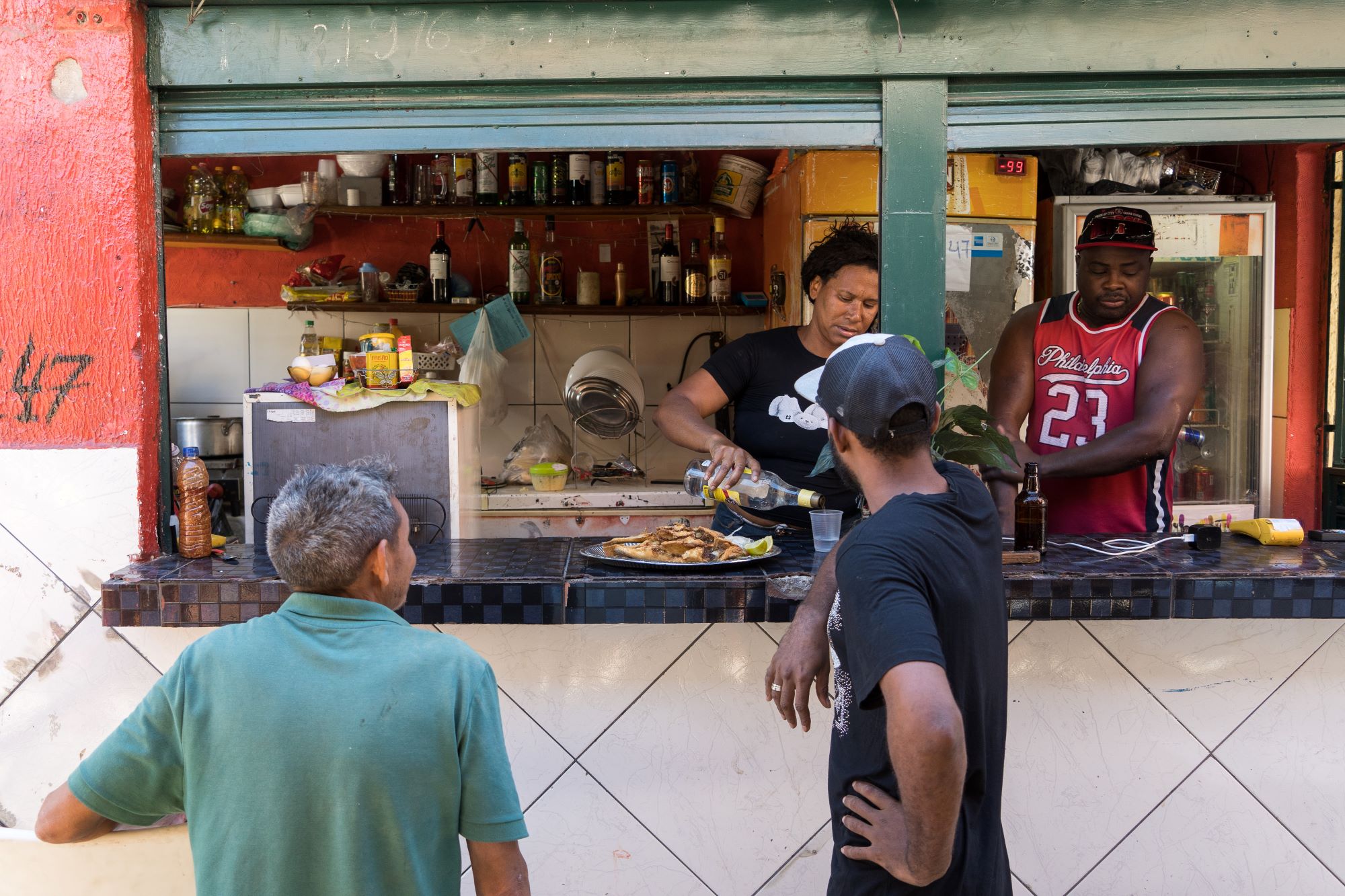
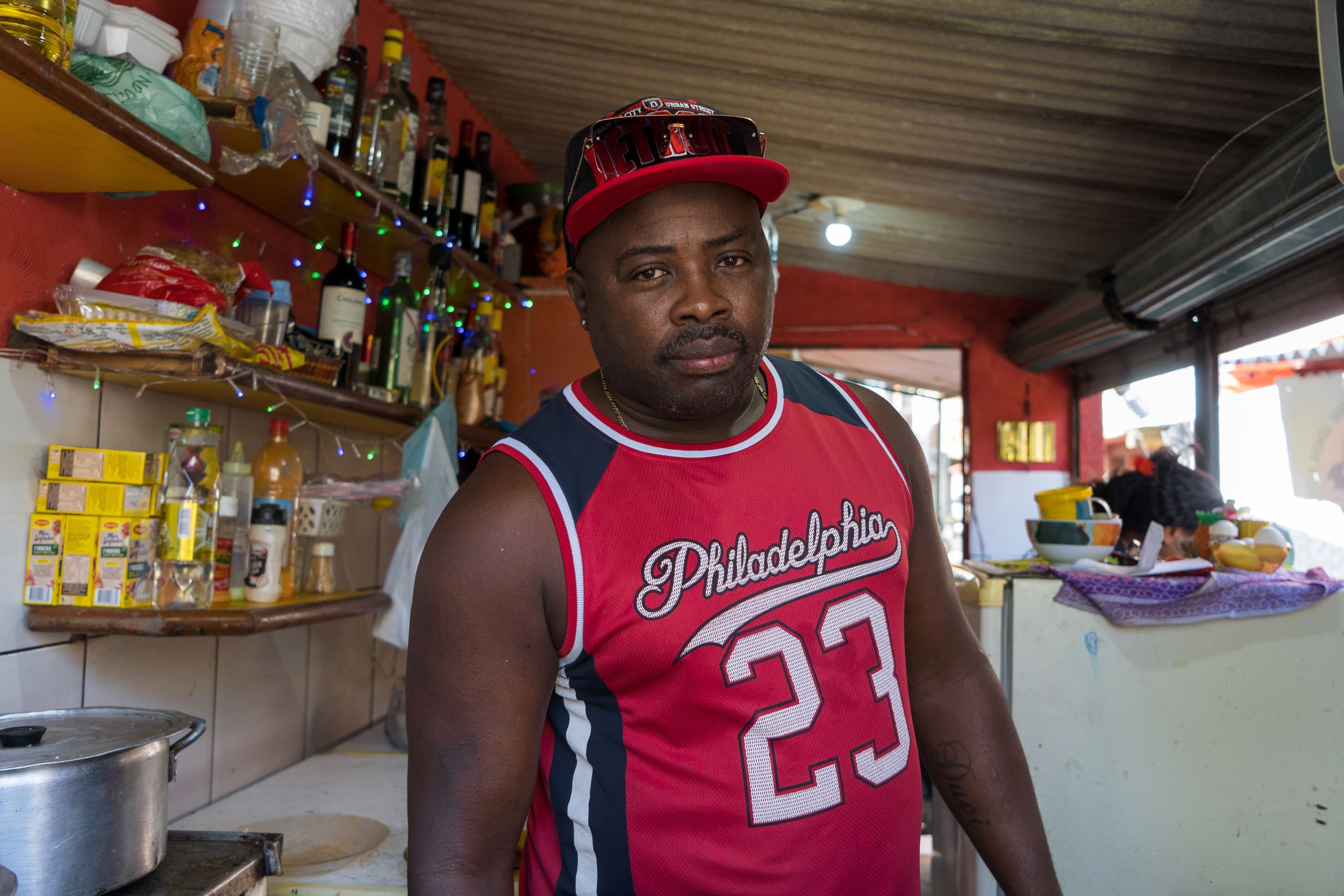
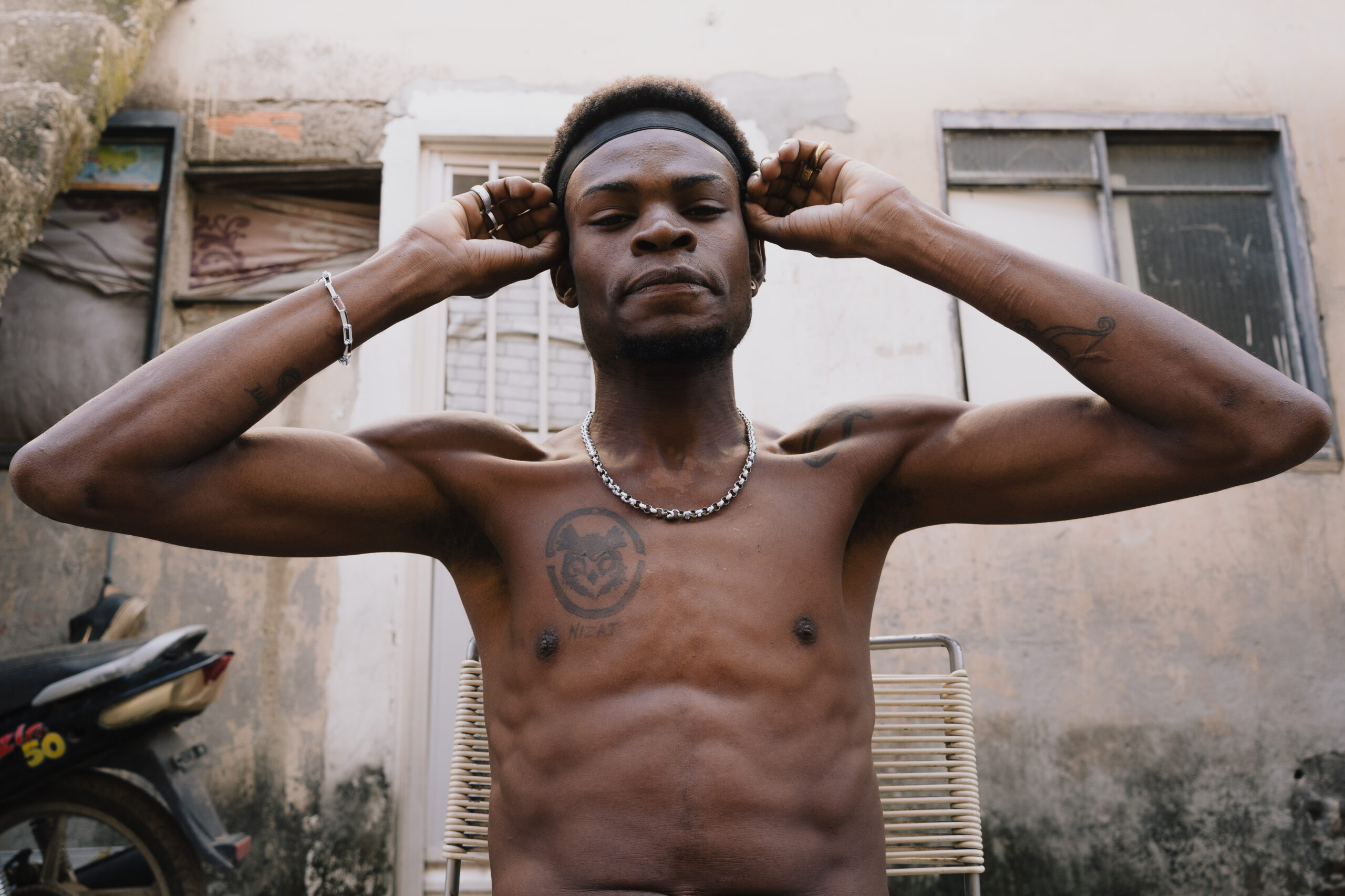
In my hood
Nizaj was raised in Salsa e Merengue, the favela neighbouring Vila dos Pinheiros and Vila do João. It is there, in Rua C, that he writes his raps, which "are creating a buzz even in the middle of the Congo." This is what his song In my hood says, which talks about the smile on people’s faces in Salsa e Merengue, and the hectic life of a favela resident.
Nizaj is the stage name of Nzaje Vieira Dias, a musician, actor, and percussionist. Nizaj is Angolan, from the capital, Luanda, but has lived in Maré since he was 2 years old, arriving from Africa with his family in 1999. Today, at the age of 25, he has been investing in his musical career, in partnership with his colleagues from the Black Owl Record collective — a record label which operates in Maré.
“I am Luanda and am also Rio” is how Nizaj presents himself, as an Angolan MC, whose flow highlights the merging of accents which characterizes his songs. His words present Nizaj’s experiences, and he sings about Salsa e Merengue, which is his place of articulation and imagination of the world. He is a singer in this little Angola, and graduated in Maré. And it is in Salsa that he has found a welcome, and identifies with this Angolan community which, as he sings in In my hood, is where "more than 5,000 people have taken up the whole space".
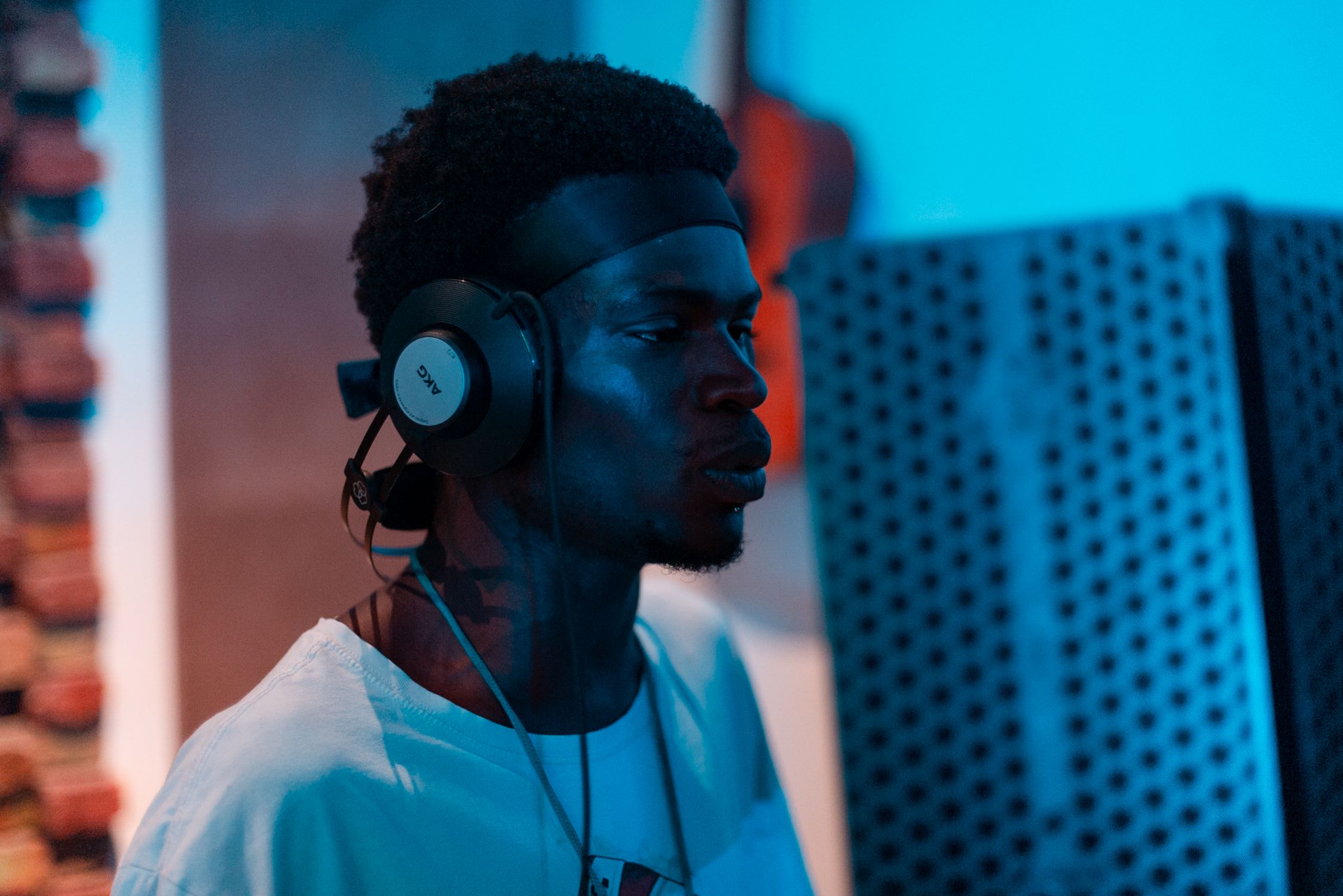
In my hood — Nizaj
"Diversity is in control
I am Luanda and am also Rio
Look how my people are
Just seeing them, brother, makes me smile
Don’t ask me about wakanda
I didn’t arrive here by boat
The story which never gets old
21 years in Brazil
Come here and see, how funny
Look the colleges are standing up
A load of children playing football
There’s even a pool and houses next door"

Patrick Marinho | BRAZIL |
Born and raised at Morro do Timbau, in the Favelas that make up Maré. Patrick is an independent photographer since 18, researching local residents’ daily lives, with an emphasis on informal workers.
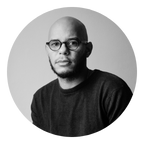
Rodolfo Teixeira Alves | BRAZIL |
Anthropologist and photographer based in Rio de Janeiro.
